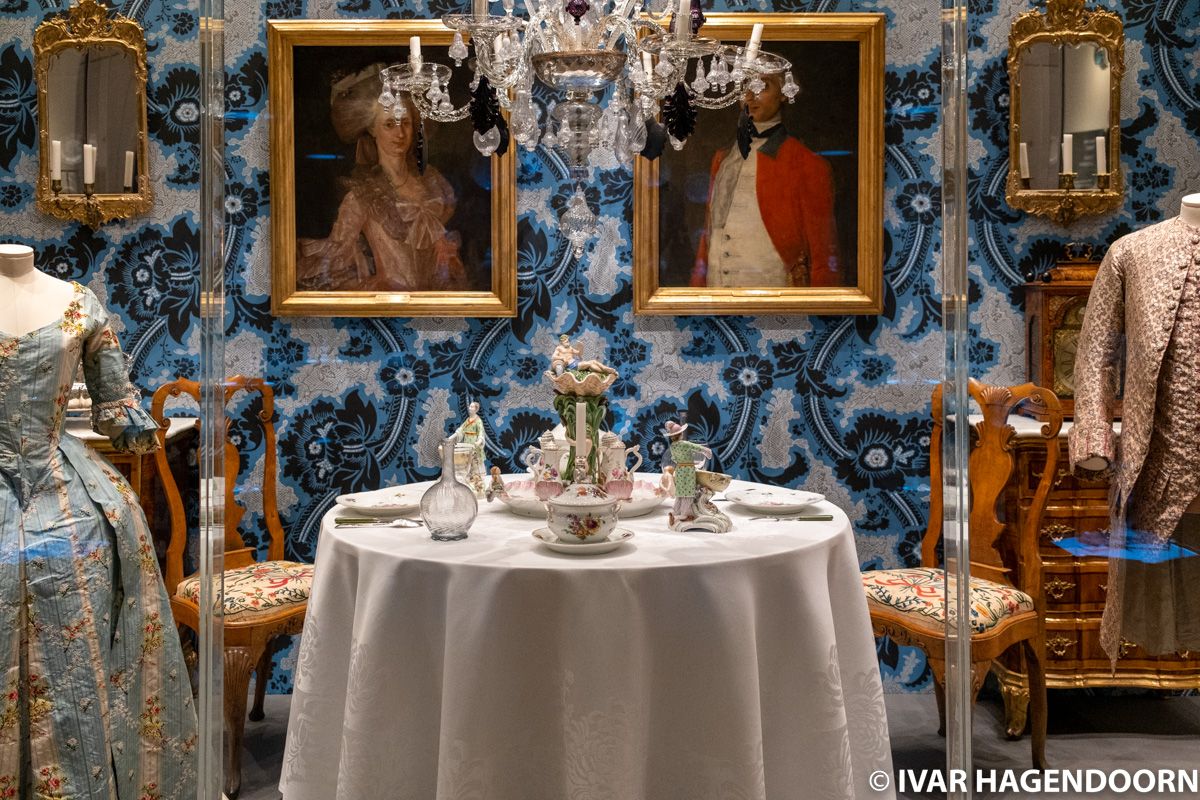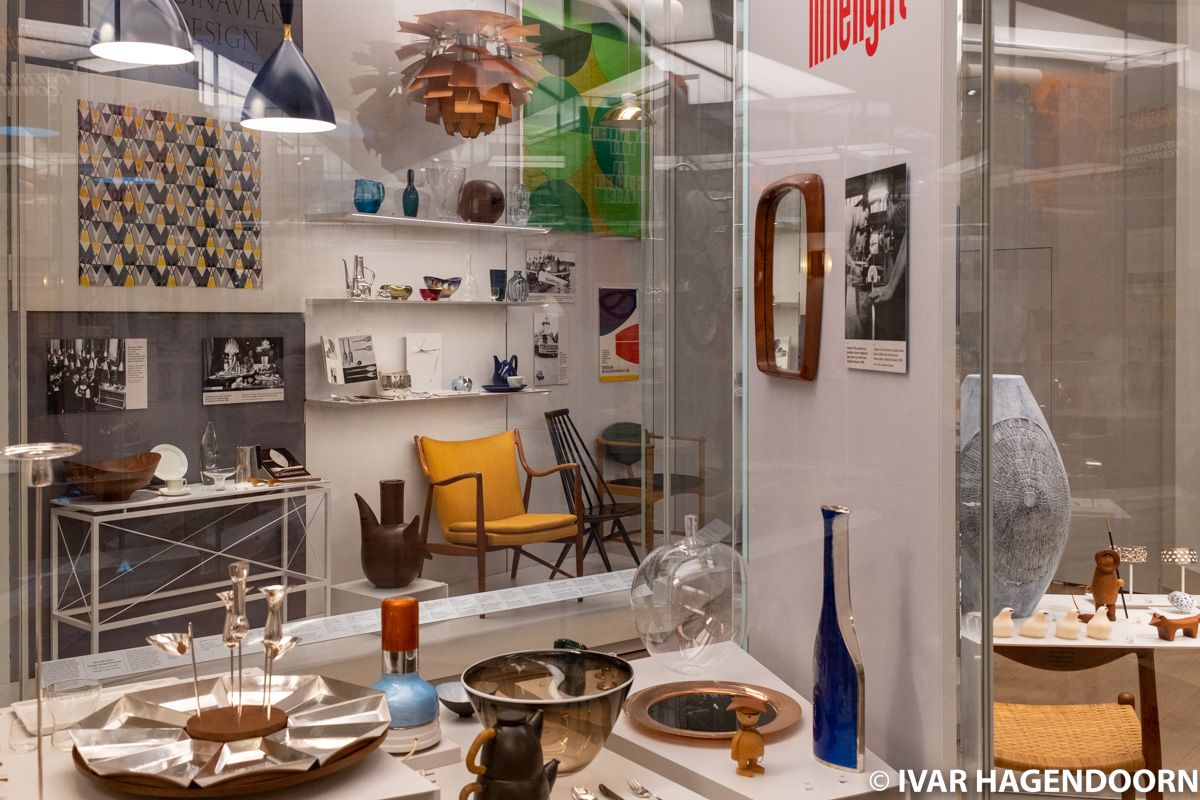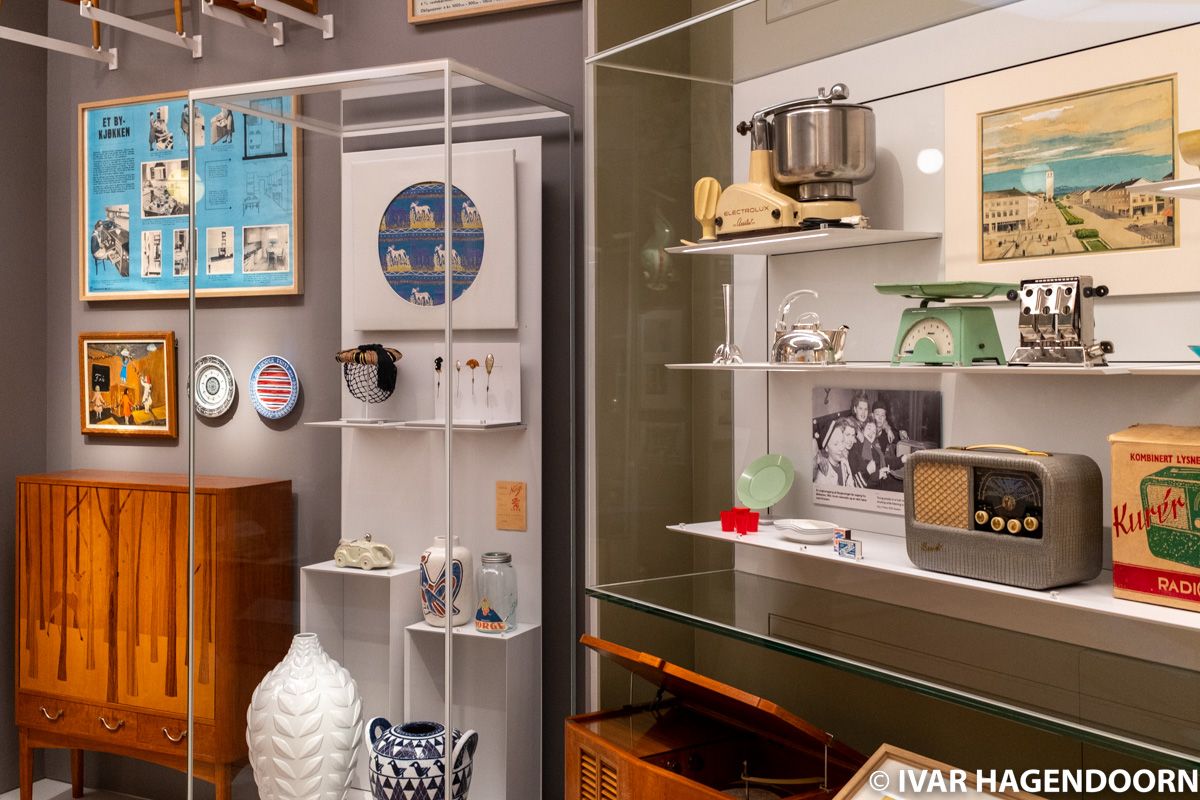
I visited Norway’s new National Museum shortly after the opening in June 2022. The museum is huge with apparently more exhibition space than the Rijksmuseum in Amsterdam. The austere unimposing architecture vaguely reminded me of Peter Zumthor’s Kolumba Museum in Cologne. The museum combines the collections formerly displayed in five Oslo museums, comprising art, architecture and design.
The collection is arranged more or less chronologically. The first floor presents the museum’s collection of design and crafts from antiquity to the present. I loved the rooms with design and crafts from 1900 to the present, which are presented in what I consider the best possible way, by throwing it all together creating a riot of shapes and colors, while also showing trends and innovations.


The second floor contains the museum’s extensive collection of visual art from the 16th century to the present. After a storm at sea had brought him to the coast of Norway the Dutch artist Allaert van Everdingen (1621-1675) created some fantastical Nordic landscapes showing dramatic mountains and waterfalls. His paintings were an instant success back home in the Netherlands. Between 1650 and 1675 he returned to Norway, traveling along the coast and making various detours inland. His success did not go unnoticed at the Danish-Norwegian court, which went on to commission local artists to travel the country and depict the landscape.
It wasn’t until the advent of romanticism that painters managed to capture the forces of nature in works as sublime as the landscape itself, as in this painting of the Labro Falls at Kongsberg (1837) by Thomas Fearnley. It was interesting to see paintings of the areas that I have visited and tried to capture in photographs, such as Winter by the Sognefjord (1827) by Johan Christian Dahl. Some of these paintings are also of scientific interest, such as this painting of Nigardsbreen (1847) by Johan Christian Dahl, which shows just how far the glacier has retreated since the middle of the 19th century.
One of the National Museum’s main attractions is, of course, the magnificent Munch room, which includes one version of The Scream (three other versions are on display at the Munch Museum) as well as several other iconic paintings, such as The Girls on the Bridge (1901), Madonna (1894), Puberty (1894) and Self-Portrait with Cigarette (1895).
An entire room is dedicated to paintings and illustrations of folk tales and fairy tales, which are actually quite interesting and fun, such as this painting of a sea monster (1881) by Theodor Kittelsen. I also loved this dark moody study of decaying wood (1851) by August Cappelen, something I myself also like to photograph.
Another room is dedicated to the work of the Norwegian architect Sverre Fehn (1924-2009), who designed Norway's wonderful permanent pavilion at the Venice Biennale and the Norwegian pavilion at the 1958 World Fair in Brussels.
The museum's top floor, the aptly called Light Hall, is a large single space. For the opening exhibition the curators held an open call which resulted in a diverse collection of works by 147 artists from across Norway, with ages ranging from 22 to 79.
The top floor extends to a roof terrace, which offers amazing views of Oslo and the Oslo fjord.